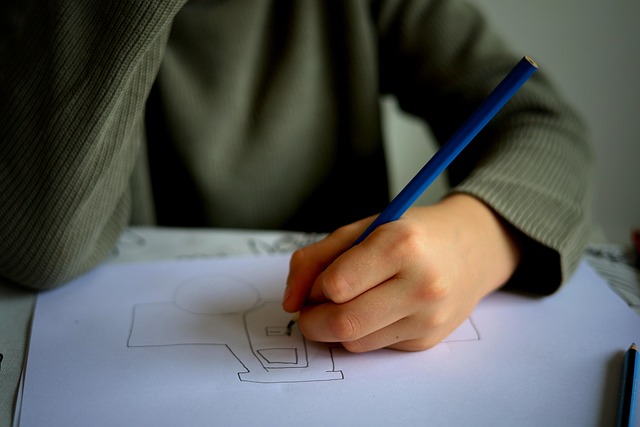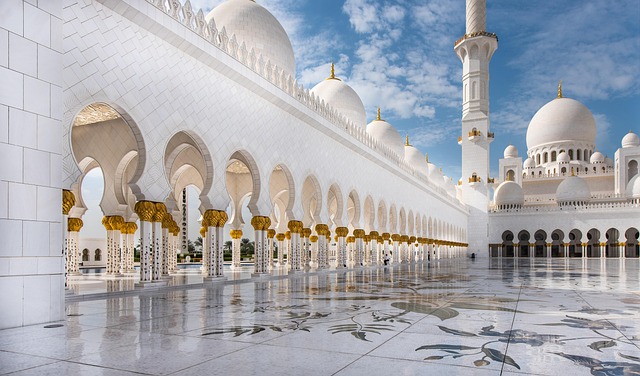Exploring the Intersection of Religion and Teaching
In today’s rapidly changing world, the roles that religion and teaching play in shaping our lives cannot be understated. Both serve as guiding principles, deeply influencing our values, beliefs, and actions. When we delve into the intersection of religion and teaching, we uncover a rich tapestry of ideas, practices, and experiences that resonate with many of us, regardless of our personal beliefs.
Teaching, at its core, is about sharing knowledge, fostering understanding, and inspiring growth. Whether in a formal classroom setting or a more informal mentorship role, the act of teaching goes hand in hand with communication, empathy, and connection. In many religious traditions, these elements are vital. They encourage followers to seek wisdom and share it with others, creating a culture where learning is cherished and revered.
For many educators, their religious beliefs inform their teaching philosophies. These educators might draw on their faith as a source of motivation and purpose. Lessons are not just academic but are infused with moral and ethical teachings from their religious backgrounds. This blending of faith and education can lead to the development of compassionate leaders who understand the significance of moral integrity and social responsibility.
Moreover, the integration of religious perspectives in teaching can enrich the educational experience for students. Lessons that include diverse viewpoints encourage critical thinking and empathy, offering students a broader understanding of the world around them. It fosters a sense of community, as students learn to appreciate various beliefs and traditions while engaging in respectful dialogue.
However, the intersection of religion and teaching also poses challenges, particularly in increasingly secular societies. Educators must navigate the sensitive terrain of discussing religious beliefs and practices in inclusive ways that honor the diversity of their students. This requires a delicate balance between promoting one’s beliefs and encouraging an open-minded approach to learning about others.
As we explore this intricate connection, we recognize that both religion and teaching are deeply human endeavors. They encourage us to question, to seek out truth, and to engage with the deeper meaning of our existence. In this way, the intersection of these two realms is not just about imparting knowledge; it is about forming individuals who are equipped to contribute positively to their communities and the world at large.
Through this exploration, we embrace the powerful potential that lies in the synergy between teaching and religion. As educators and learners alike, we are called to harness this potential, creating spaces where knowledge is shared, faith is respected, and the journey of learning becomes a shared pilgrimage towards understanding and compassion.


